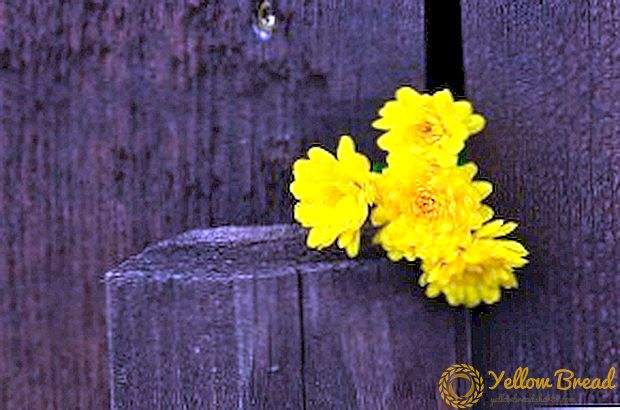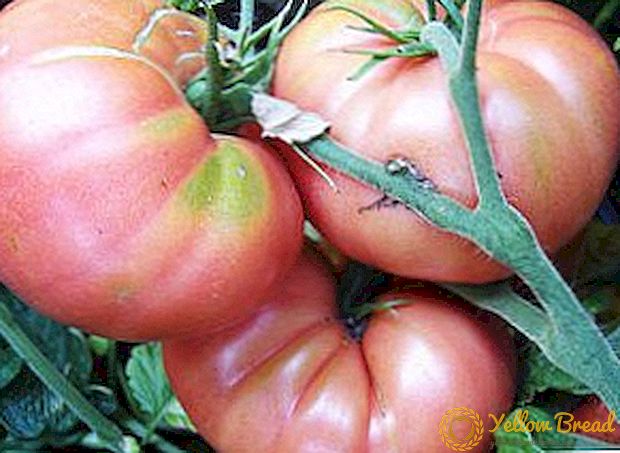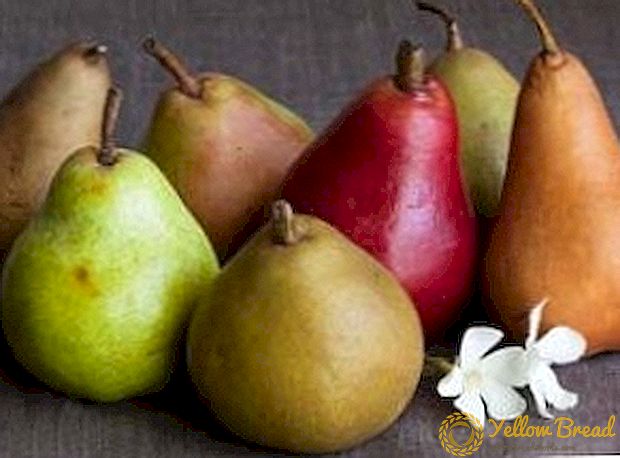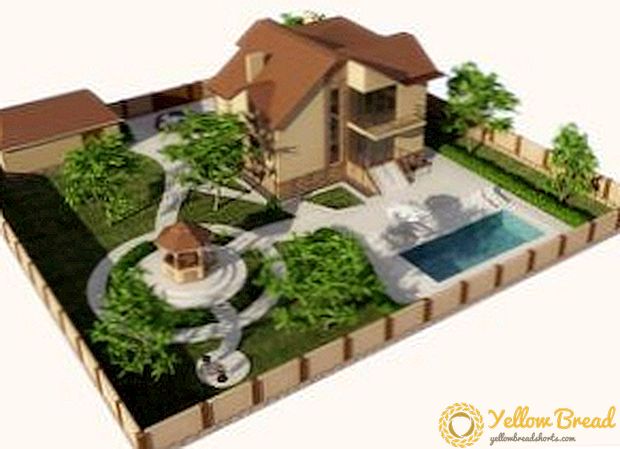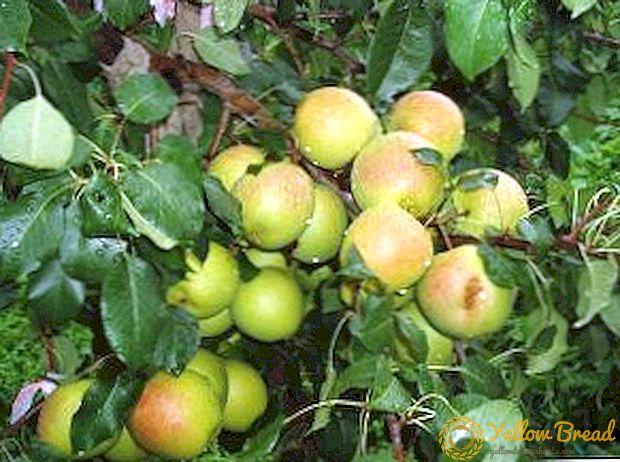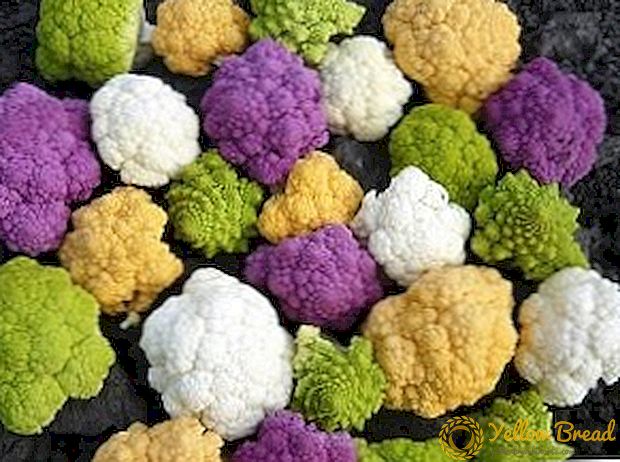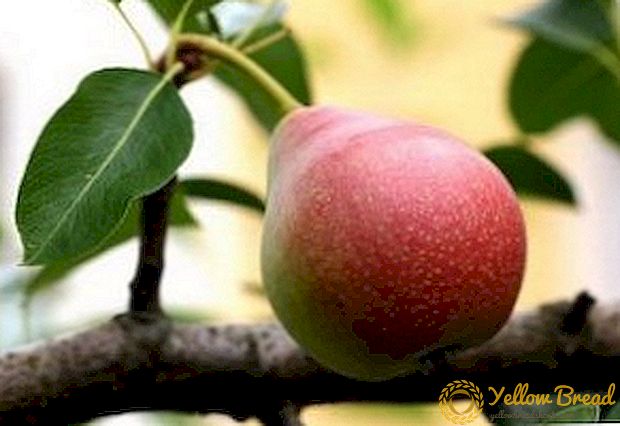 Thanks to the continuous selection of pears are gaining increasing popularity and grow in almost every garden. This is due to the fact that the improved varieties are characterized by high winter hardiness and ease of maintenance, as well as excellent taste qualities of the fruit. But these fruits are not only tasty, but also useful, they contain a huge amount of vitamins and minerals. Therefore, if there is still no such tree in your garden, you should immediately think about planting it. One of the attractive varieties according to the description and characteristics are pears with a touching name. "Tenderness".
Thanks to the continuous selection of pears are gaining increasing popularity and grow in almost every garden. This is due to the fact that the improved varieties are characterized by high winter hardiness and ease of maintenance, as well as excellent taste qualities of the fruit. But these fruits are not only tasty, but also useful, they contain a huge amount of vitamins and minerals. Therefore, if there is still no such tree in your garden, you should immediately think about planting it. One of the attractive varieties according to the description and characteristics are pears with a touching name. "Tenderness".
- Breeding history
- Tree description
- Fruit Description
- Lighting Requirements
- Soil requirements
- Pollination
- Fruiting
- Terms of ripening
- Yield
- Transportability and storage
- Disease and Pest Resistance
- Frost resistance
- Use of fruits
- Advantages and disadvantages of
- pros
- Minuses
Breeding history
Outstanding and well-known breeders of Michurin, PN Yakovlev and SP Yakovlev discovered this variety. These autumn pears were the result of crossing the incredibly popular “Favorite Klappa” and “Theme” belonging to the famous “Lukashovka”.Undoubtedly, the brainchild, which has such enviable parents, was doomed to success, and pears "Tenderness" occupied their niche and for quite a long time successfully grown by many gardeners.
Tree description
These trees can be attributed to vigorous. Their crown is not too thick, has a pyramidal shape. During the growing season, the plant is covered with dark green, glossy oval-shaped leaves with a sharp tip. Branches and trunk - massive, painted in brown. 
Fruit Description
The weight of ripe pears of the "Tenderness" variety varies from 150 to 200 g. The shape of the fruits can be characterized as an elongated pear-shaped. The ovaries are colored green, and as they mature they become yellow and pinkish from the side of the sun.They have high gastronomic qualities, as they are endowed in equal proportions with homogeneous oily flesh with tenderness corresponding to the name, and pleasant aroma, and excellent taste. Fruits are covered with dense, rough skin, with pronounced subcutaneous spots. 
Lighting Requirements
Fruit tree belongs to the photophilous, in order to achieve maximum yield, it is necessary to plant pears in open sunny areas, best of all at elevations. In this case, the fruits will be juicy and attractive in appearance, since it is from the sun that pears acquire a pink blush characteristic of the variety.
Soil requirements
Place for planting a tree, it is desirable to prepare in advance, that is, in the fall. They dig up the earth and get rid of weeds. Immediately before planting, you need to saturate the soil with humus, peat, sand, wood ash and superphosphate. Such a nutritious soil mixture is best suited to the plant and has a beneficial effect on its rooting,growth and fertility. 
Pollination
Despite the fact that this pear belongs to the self-fertile, it requires pollinators. Therefore, it is important that several other varieties grow on the site, preferably with earlier flowering.
Fruiting
The tree begins to bear fruit, if all the rules of planting and care are observed, after 4-5 years. Actively fructifying pear "Tenderness" for 10-15 years.
Terms of ripening
Pears ripen at the end of summer, in late August it is already possible to shoot and taste delicious, juicy fruits.
Yield
The variety has a high and stable yield. After entering the phase of fruiting, 8-10 kg of fruits are harvested from one tree. 
Transportability and storage
Ripe fruits are stored no more than 30 days. In the refrigerator, the fruit can be stored a little longer - until the end of October. Not bad carry transport over short distances.
Disease and Pest Resistance
The plant is highly resistant to various fungal diseases, including scab. It is recommended to carry out preventive spraying from pests at the stage of flowering and the formation of fruits.
Frost resistance
The variety belongs to winter hardiness and tolerates frost well, down to -40 ° C. Due to the fact that the plant has a shallow root system, it is desirable to mulch the ground around the tree with the addition of humus, sawdust or bark, and cover it with spruce leaves. 
Use of fruits
Fruits are universal, it is good to use them raw, and also to use for preparation of various preparations for the winter, such as compotes, juices, jams and jam. Due to the fact that the fruits have a creamy structure and a magical aroma, they are often added to various desserts and used as a filling for pies. 
Advantages and disadvantages of
Since the pear "Tenderness" does not apply to young varieties, but has been cultivated for quite a long time, gardeners have paid attention to all its advantages and disadvantages.After analyzing them, you can finally decide on whether to plant it on your site.
pros
- High winter hardiness.
- Stable and high yield.
- Good disease and pest resistance.
- Excellent gastronomic quality of the fruit.
- Unpretentious plants.
- Compact tree.

Minuses
- Fruits are stored for long.
- In dry summer, the tree needs regular abundant watering.
Pear "Tenderness" is an excellent choice for those who want to grow a fruitful fruit tree on their own land with the lowest labor costs!

